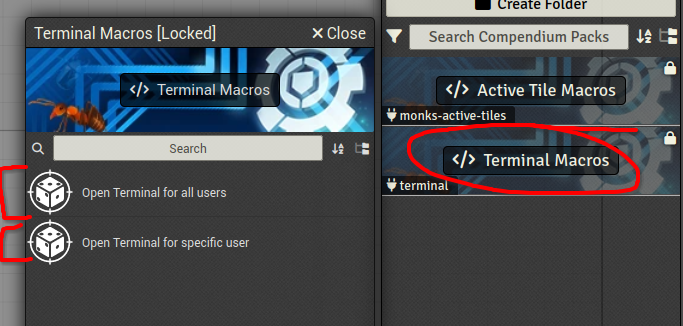there’s a foundry guide
You can go to the setup screen of your Foundry instance. Go to the Add-on Modules tab. Click install modules button. Search “Monk’s active tile triggers”. Click install button.
Then in a world as a GM activate the module on the settings sidebar.
You can now place a tile and a new tab will be shown in the tile config. It’s called triggers and there are numerous settings for how things can be configured at that point.





